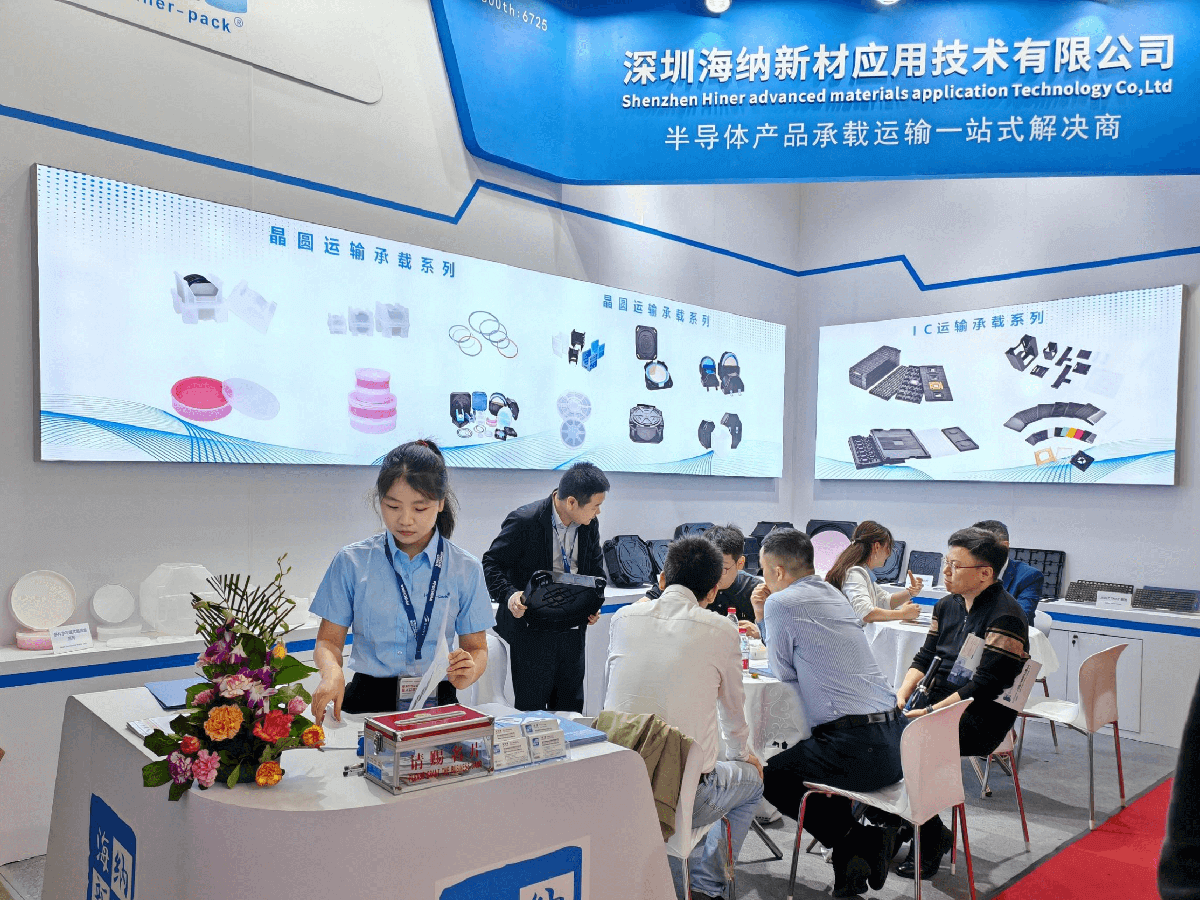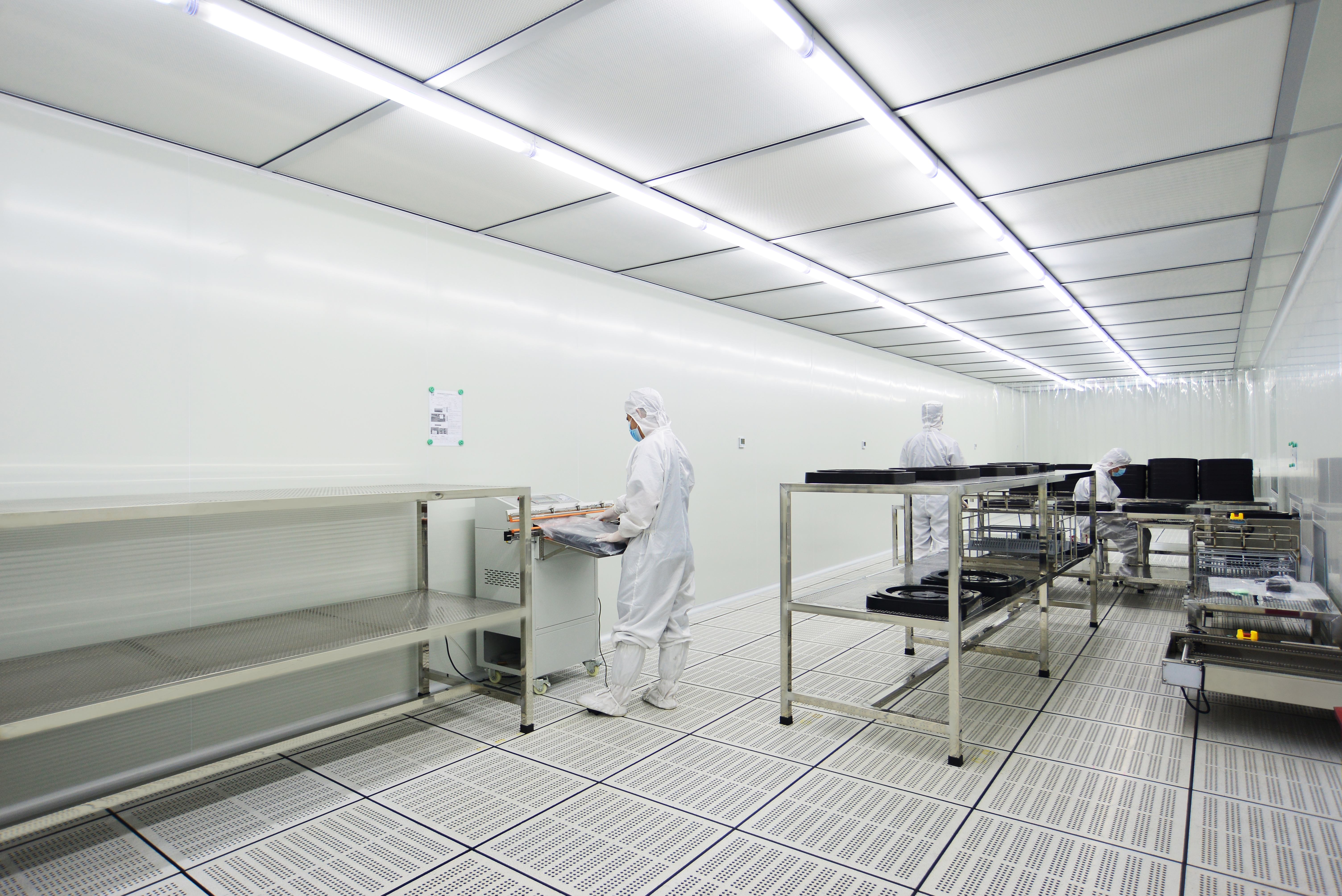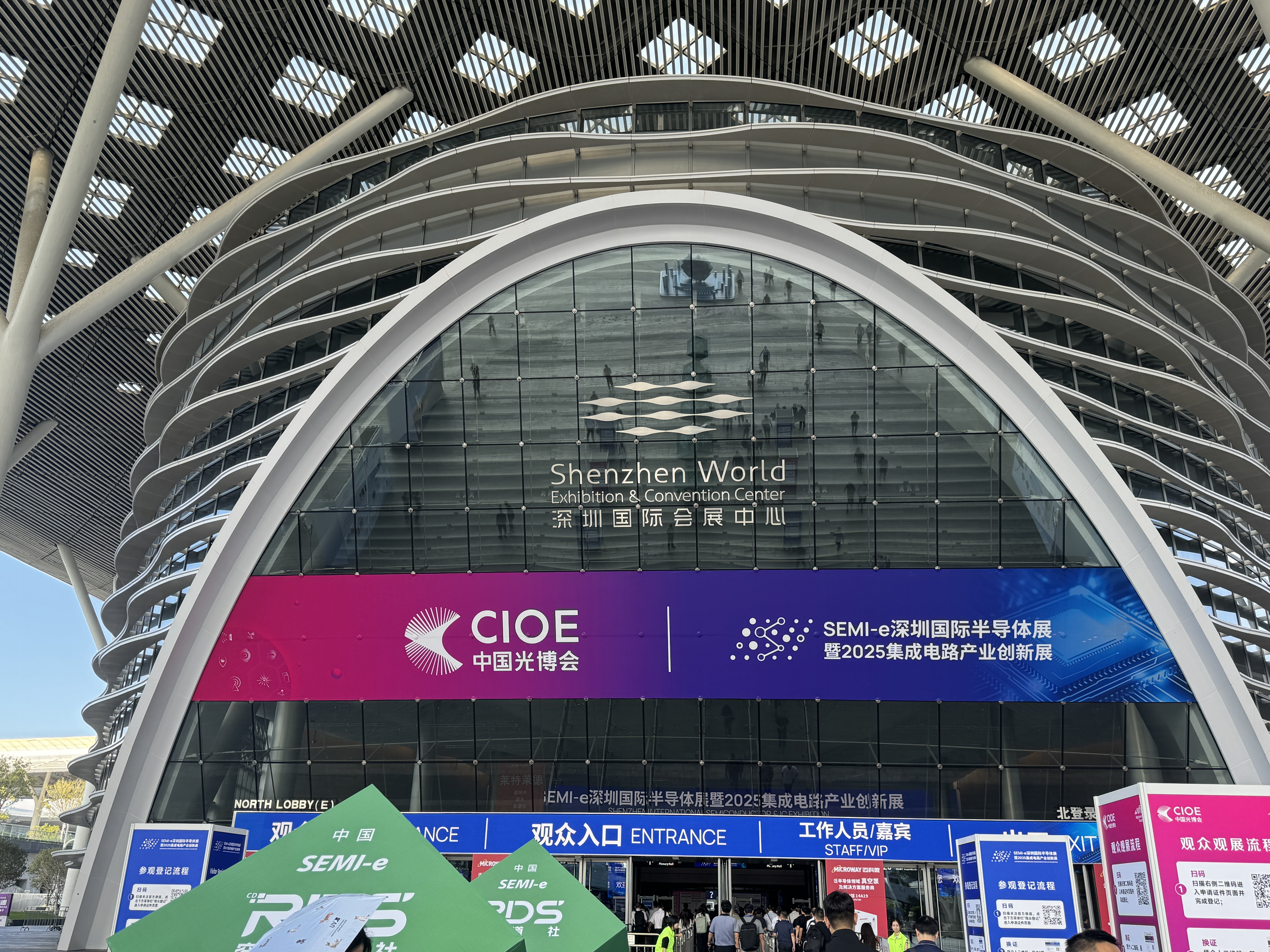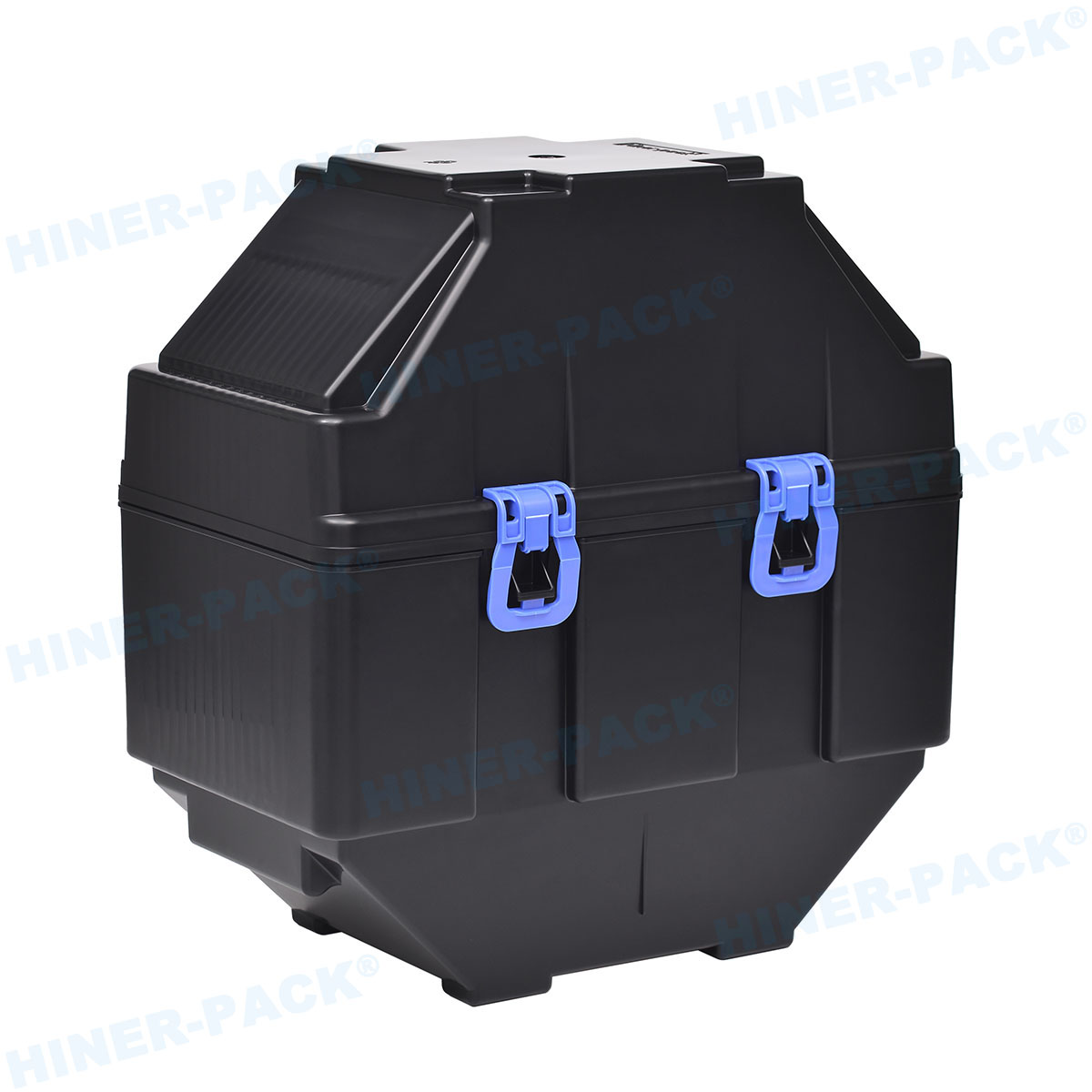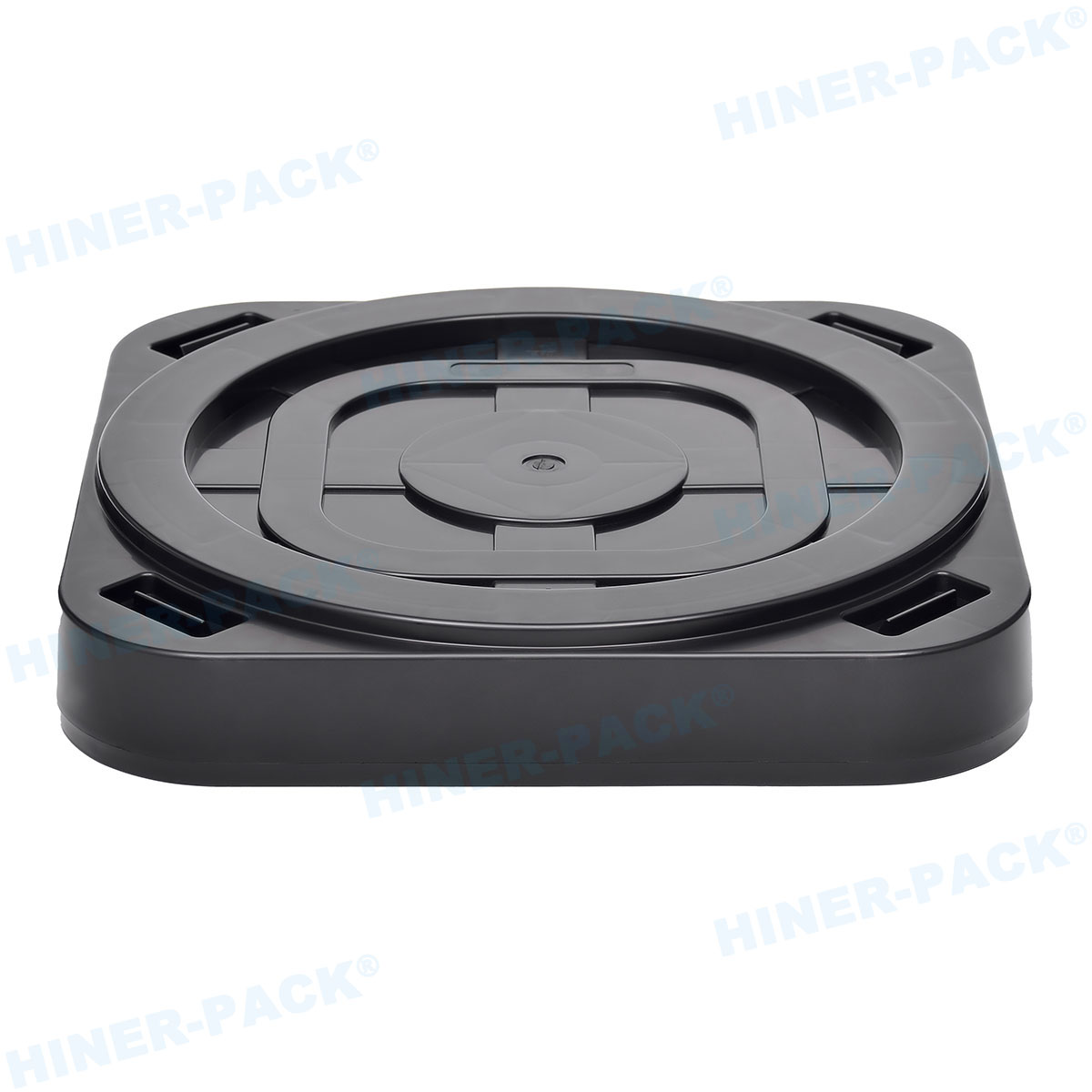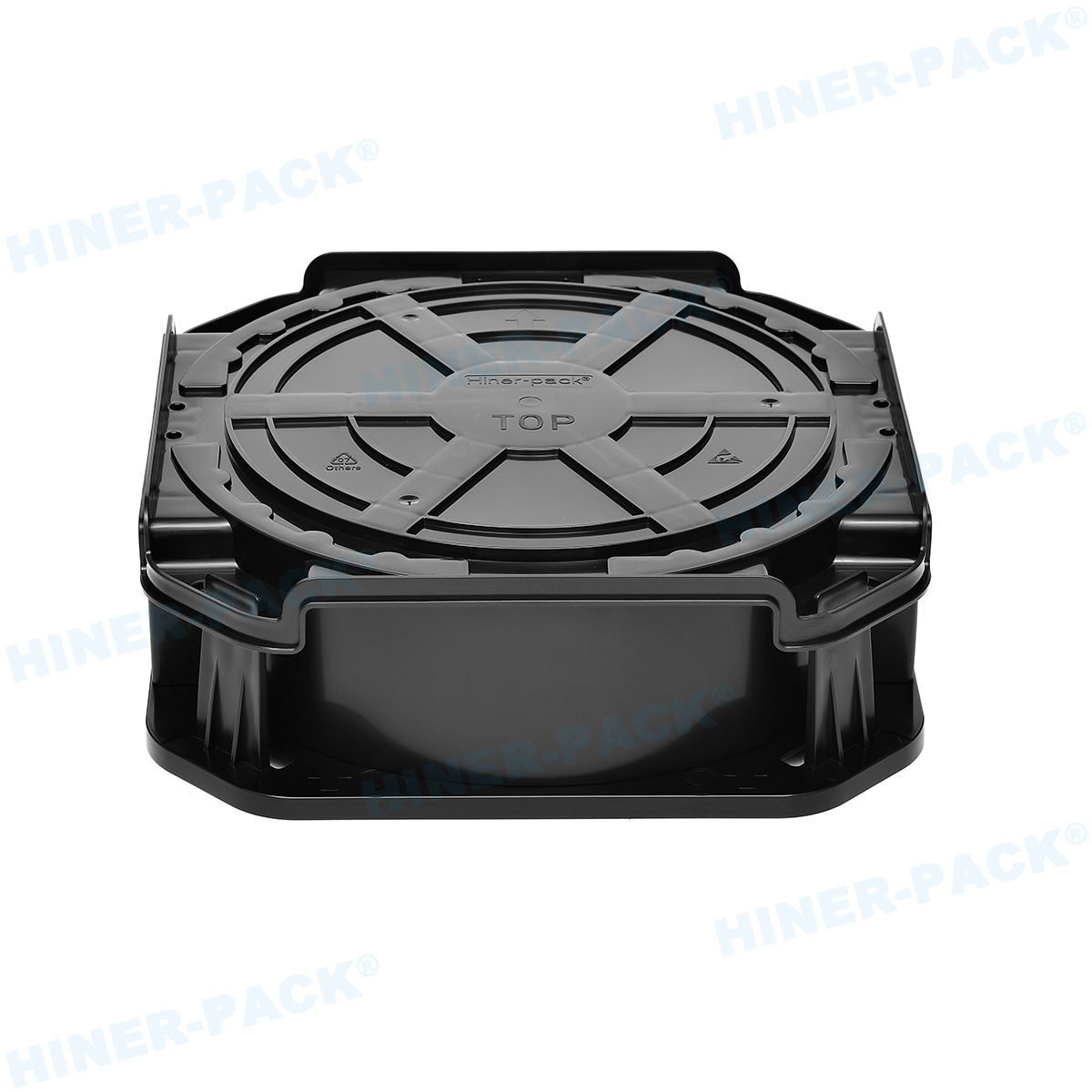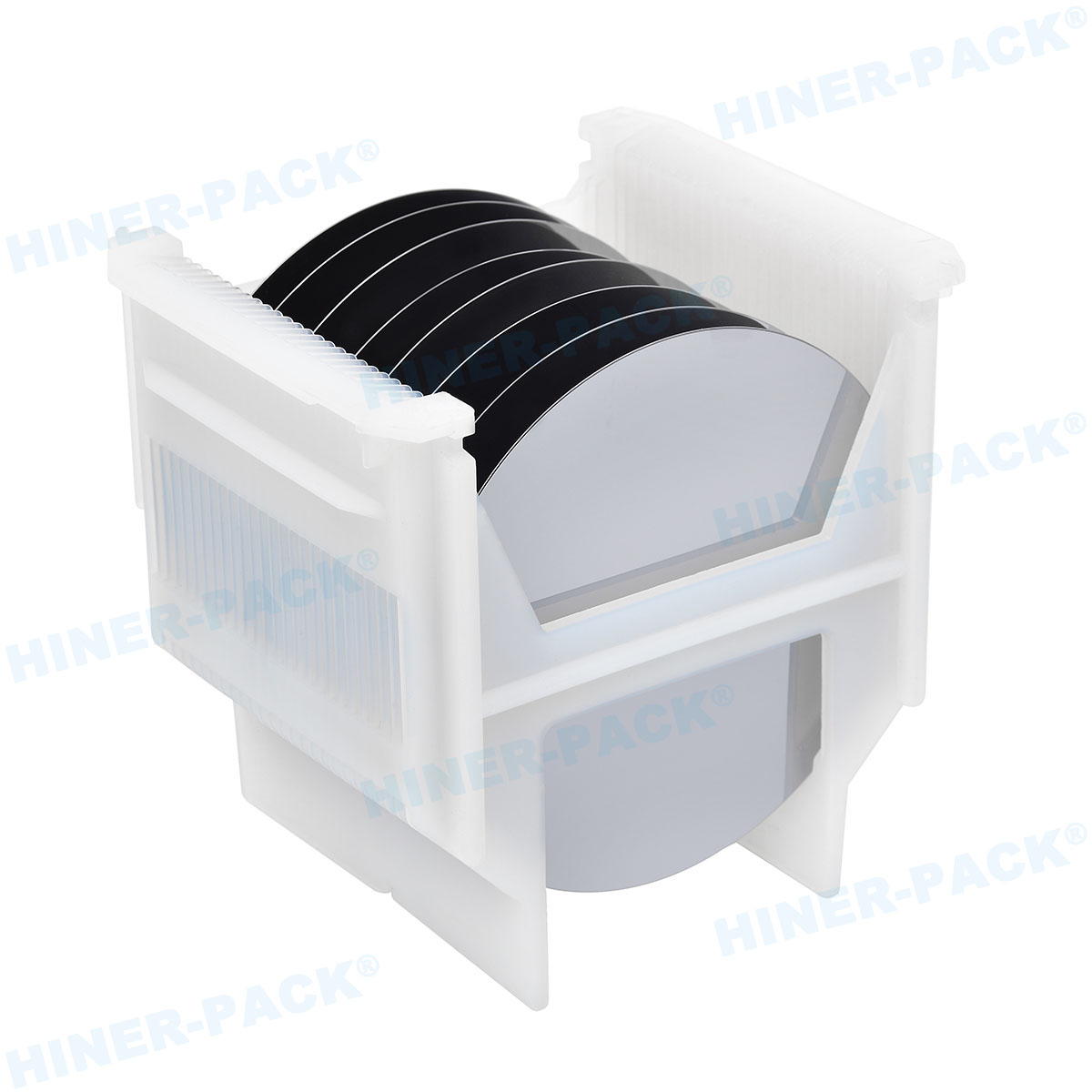In the fast-paced world of semiconductor manufacturing, every component must align with stringent standards to ensure product integrity. Among these, the wafer shipper for cleanroom plays a pivotal role in protecting delicate silicon wafers during transit and storage. As semiconductor devices shrink in size and increase in complexity, the demand for reliable, contamination-free shipping solutions has never been higher. This article dives deep into the intricacies of wafer shippers for cleanroom applications, covering everything from basic definitions to advanced technological aspects. Whether you're an engineer, a procurement specialist, or a quality manager, understanding these elements can help you make informed decisions that enhance operational efficiency and reduce costs. We'll also highlight how companies like Hiner-pack are leading the way in providing customized solutions tailored to modern semiconductor needs.
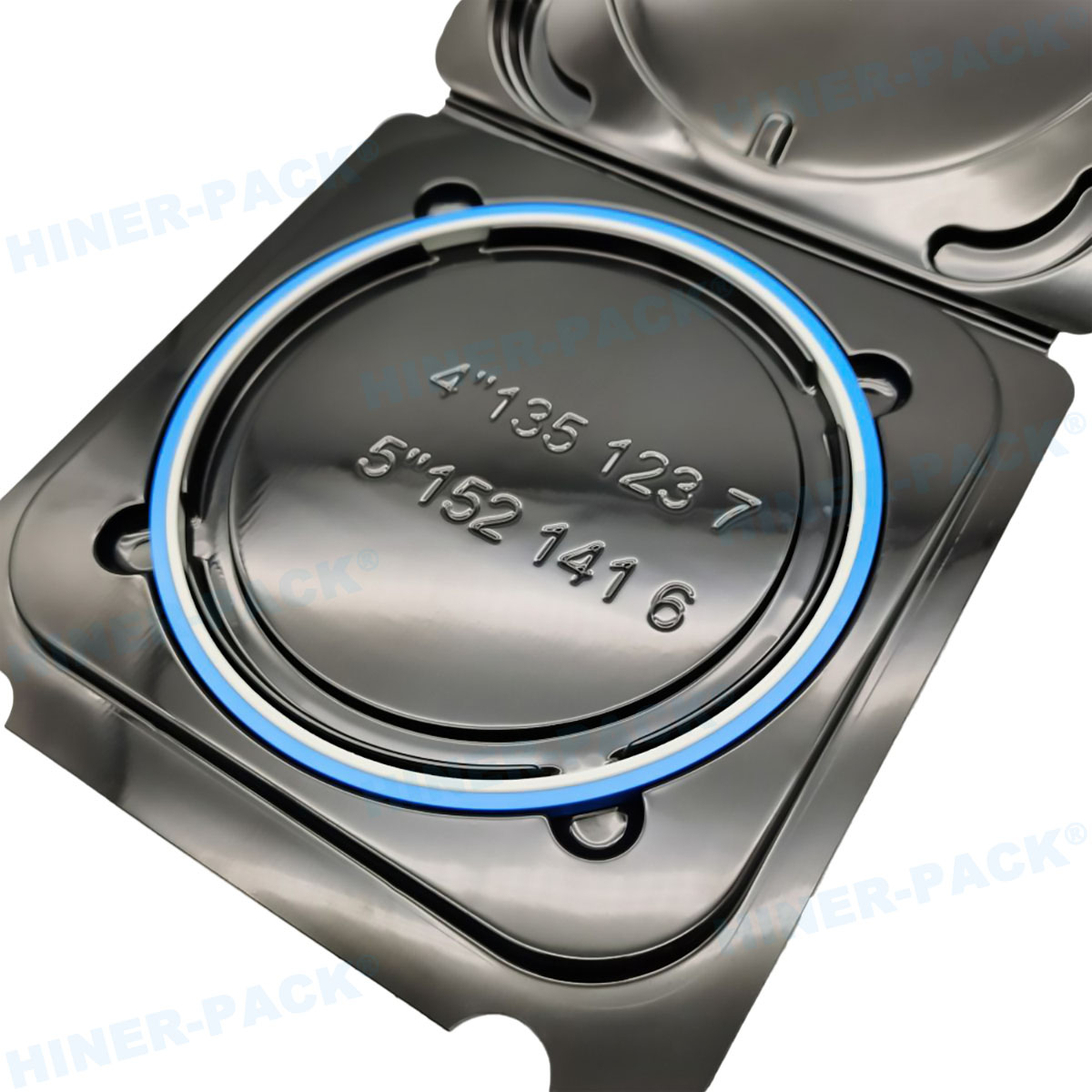
What is a Wafer Shipper for Cleanroom?
A wafer shipper for cleanroom is a specialized container designed to transport and store semiconductor wafers in ultra-clean environments. These shippers are engineered to minimize particulate contamination, electrostatic discharge, and physical damage, which are critical in maintaining wafer purity. In semiconductor fabrication facilities, even microscopic contaminants can lead to catastrophic failures in microchips. Thus, a wafer shipper for cleanroom must comply with international standards like SEMI guidelines, ensuring compatibility with automated handling systems and cleanroom protocols. Typically made from materials such as high-purity plastics or composites, these shippers feature secure latching mechanisms and inert surfaces to prevent chemical interactions. For instance, Hiner-pack offers custom wafer shipper designs that integrate seamlessly with robotic arms, reducing human intervention and contamination risks. By understanding the fundamental role of a wafer shipper for cleanroom, companies can better appreciate its impact on yield rates and overall product quality.
Types and Comparisons of Wafer Shippers
When selecting a wafer shipper for cleanroom, it's essential to compare the available types to match specific operational requirements. Common variants include front-opening unified pods (FOUPs), standard mechanical interface (SMIF) pods, and cassette-based shippers. FOUPs, for example, are ideal for 300mm wafers and provide excellent isolation from external environments, while SMIF pods are suited for smaller wafers and offer enhanced portability. Materials also vary—polycarbonate shippers are lightweight and cost-effective, whereas polyetheretherketone (PEEK) options provide superior chemical resistance for harsh cleanroom conditions. In terms of performance, a custom wafer shipper from Hiner-pack might include anti-static coatings or humidity control features, outperforming generic models in sensitive applications. Comparisons often reveal that while standardized shippers are cheaper, custom wafer shipper solutions can reduce long-term costs by minimizing wafer loss and downtime. By evaluating factors like load capacity, durability, and cleanroom class compatibility, businesses can identify the best wafer shipper for cleanroom that balances affordability with high performance.
Applications and Selection Guide for Wafer Shippers
The application of a wafer shipper for cleanroom spans various stages in semiconductor production, from wafer fabrication to assembly and testing. In front-end processes, these shippers protect wafers during inter-bay transfers, while in back-end operations, they ensure safe shipment to packaging facilities. Selecting the right wafer shipper for cleanroom involves assessing several criteria: first, consider the cleanroom classification (e.g., ISO Class 1-5), as higher classes require shippers with lower particle generation. Second, evaluate the wafer size and thickness—common sizes include 200mm, 300mm, and emerging 450mm wafers, each needing specific shipper dimensions. Third, look for features like RFID tracking or environmental monitoring, which are increasingly vital in smart factories. For a tailored approach, Hiner-pack provides custom wafer shipper options that incorporate client-specific logos, colors, or functional modifications. Additionally, factor in regulatory compliance; shippers must meet SEMI S2/S8 standards for safety and ESD protection. By following this selection guide, companies can optimize their supply chain and reduce the risk of wafer damage, ultimately supporting higher throughput and profitability.
Commercial Services and Finding Reliable Suppliers
Navigating the commercial landscape for wafer shipper for cleanroom products requires a strategic approach to supplier selection. Reputable suppliers like Hiner-pack offer comprehensive services, including design consultation, prototyping, and bulk manufacturing. When searching for a provider, prioritize those with certifications such as ISO 9001 for quality management and ISO 14644 for cleanroom compliance. It's also beneficial to partner with companies that offer custom wafer shipper solutions, as this allows for adaptations to unique process flows or storage constraints. For instance, Hiner-pack has built a reputation for delivering shippers with quick turnaround times and global logistics support, catering to multinational semiconductor firms. Beyond product quality, assess after-sales services like technical support and warranty programs. Industry trade shows and online B2B platforms can be valuable resources for comparing suppliers, but always request samples and conduct on-site audits to verify claims. By choosing a trusted supplier, businesses can ensure a steady supply of high-quality wafer shipper for cleanroom units that align with their operational goals and budget.
Cost and Pricing Considerations
The cost of a wafer shipper for cleanroom can vary significantly based on design complexity, material choice, and order volume. Basic models may start at a few dollars per unit, while advanced custom wafer shipper designs from Hiner-pack could range higher due to specialized features like integrated sensors or bespoke dimensions. Key cost drivers include raw material prices (e.g., high-grade plastics), manufacturing processes (e.g., injection molding precision), and compliance testing. Bulk purchases often yield discounts, but it's crucial to balance upfront costs with long-term benefits—for example, a more expensive shipper with better durability might reduce replacement frequency and total cost of ownership. Additionally, consider hidden expenses such as shipping fees, import duties, and potential costs from wafer contamination if inferior shippers are used. To manage budgets, request detailed quotes from multiple suppliers and explore modular designs that allow for incremental upgrades. By analyzing these pricing factors, companies can make cost-effective investments in wafer shipper for cleanroom solutions that safeguard their semiconductor assets without compromising on quality.
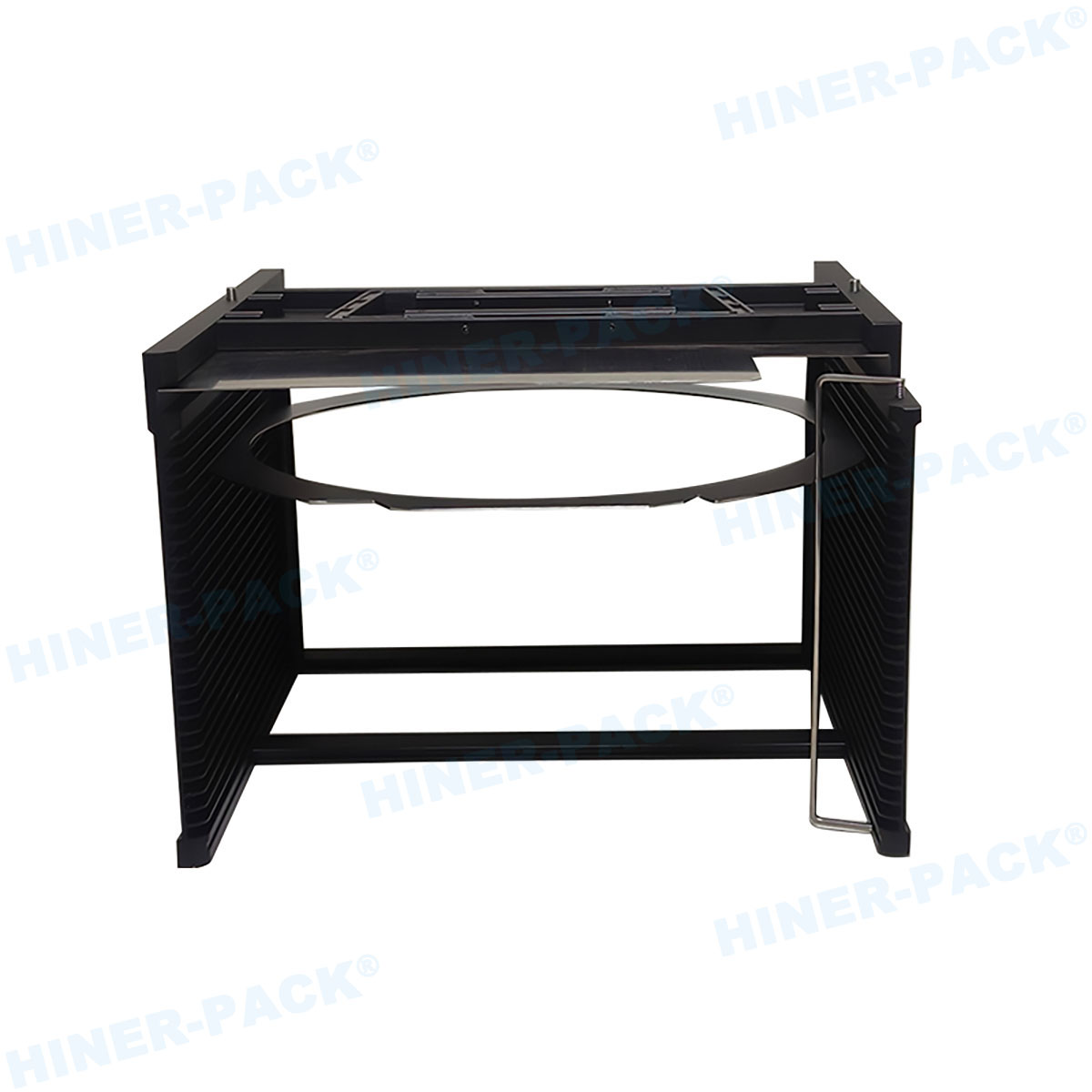
Technological Insights and Manufacturing Processes
The technology behind a wafer shipper for cleanroom involves sophisticated engineering to meet the exacting demands of semiconductor environments. Manufacturing processes typically begin with computer-aided design (CAD) modeling to create precise blueprints, followed by material selection—often focusing on low-outgassing polymers to prevent chemical contamination. Injection molding is a common method, but for custom wafer shipper products, techniques like 3D printing might be used for prototypes. Advanced shippers incorporate features such as hermetically sealed lids, particulate-free surfaces, and electrostatic discharge (ESD) protection, all validated through rigorous testing like accelerated life cycles and cleanroom compatibility checks. Hiner-pack, for example, employs state-of-the-art automation in production to ensure consistency and reduce human error. Emerging trends include the integration of IoT sensors for real-time tracking of temperature and humidity, enhancing the functionality of a wafer shipper for cleanroom. Understanding these technological aspects helps industries stay ahead of innovation, ensuring that their shipping solutions evolve with the rapid advancements in semiconductor technology.
In summary, the wafer shipper for cleanroom is an indispensable component in the semiconductor ecosystem, directly influencing product yield and operational efficiency. From basic types to advanced customizations, selecting the right shipper involves careful consideration of applications, costs, and technological features. Suppliers like Hiner-pack exemplify how tailored solutions can address diverse industry needs, offering reliable and innovative custom wafer shipper options. As semiconductor technologies continue to advance, investing in high-quality wafer shipper for cleanroom products will remain a cornerstone of successful manufacturing strategies. By staying informed and proactive, businesses can navigate this critical area with confidence, ensuring their wafers are protected every step of the way.
Frequently Asked Questions (FAQ)
Q1: What makes a wafer shipper for cleanroom different from standard shipping containers?
A1: A wafer shipper for cleanroom is specifically designed to minimize contamination, electrostatic discharge, and physical damage in ultra-clean environments, unlike standard containers that may not meet stringent SEMI standards or have features like particulate-free surfaces.
Q2: How can I ensure the wafer shipper I choose is compatible with my cleanroom class?
A2: Verify that the wafer shipper for cleanroom meets relevant ISO cleanroom classifications (e.g., ISO Class 3-5) and has been tested for particle emission. Suppliers like Hiner-pack often provide certification documents and can offer custom wafer shipper solutions tailored to your specific cleanroom requirements.
Q3: Are custom wafer shipper options cost-effective for small-scale operations?
A3: Yes, custom wafer shipper solutions can be cost-effective even for small-scale operations, as they reduce the risk of wafer damage and loss. Companies like Hiner-pack may offer scalable pricing models, allowing you to order smaller batches without significant upfront costs.
Q4: What maintenance is required for a wafer shipper for cleanroom?
A4: Regular cleaning with approved solvents, inspections for wear and tear, and periodic ESD testing are essential. Most wafer shipper for cleanroom units from reputable brands like Hiner-pack come with maintenance guidelines to ensure longevity and performance.
Q5: How do technological advancements impact the future of wafer shippers?
A5: Advancements such as IoT integration, smart materials, and automated handling systems are making wafer shipper for cleanroom products more efficient. For example, Hiner-pack is exploring shippers with embedded sensors for real-time environmental monitoring, enhancing traceability and safety in semiconductor logistics.
This article is brought to you by Hiner-pack, a trusted provider of innovative wafer shipper for cleanroom solutions. For more information on our custom wafer shipper offerings, visit our website or contact our expert team today.



